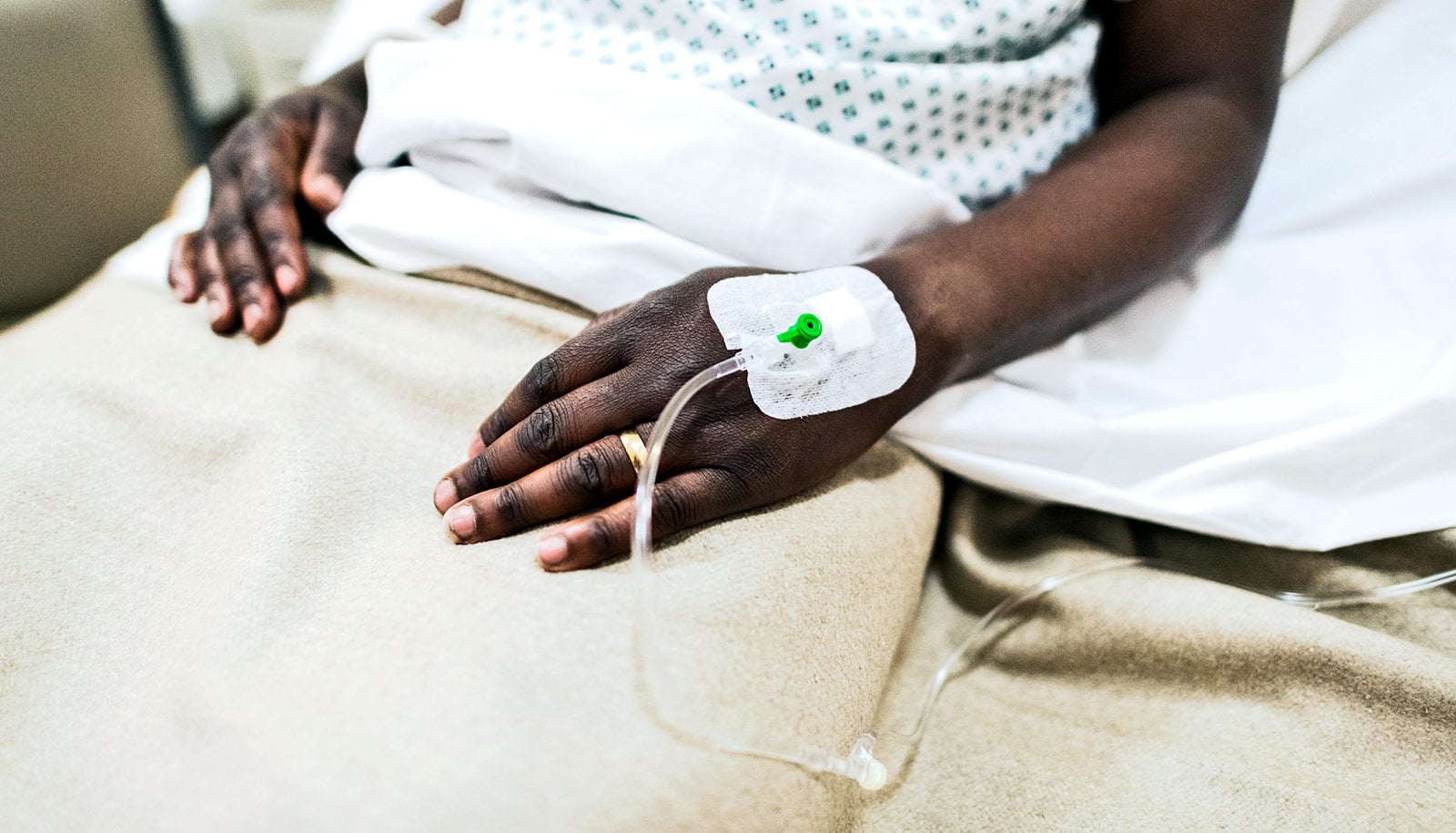Black patients do not have the same level of access to new, safer heart surgery procedures as white patients, a new study suggests.
Traditional heart surgery, which involves fully opening the chest and cutting through the breastbone, comes with a high risk of complications and a long recovery time. Newer minimally invasive procedures avoid a lot of that risk and can get people back on their feet quicker.
“We’ve known for 35 years that historically marginalized racial and ethnic groups tend to have less access to cardiovascular procedures,” says Laurent G. Glance, professor of anesthesiology and perioperative medicine at the University of Rochester Medical Center (URMC), and lead author of the study, published in JAMA Network Open.
“This study highlights the fact that even in 2022 if you’re not white, you don’t get the same therapies that white people do.”
Less access to less invasive heart surgery
The study found that non-Hispanic Black patients had 35% lower odds of undergoing minimally invasive mitral valve surgery and 62% higher odds of having serious complications or dying compared to non-Hispanic white patients. Hispanic patients, on the other hand, had 26% higher odds of major complications or death compared to white patients, but they were not less likely to get minimally invasive surgery.
The findings were based on an analysis of data from the Society of Thoracic Surgeons National Adult Cardiac Surgery Database and included nearly 104,000 patients across 1,085 hospitals who underwent mitral valve surgery between 2014 and 2019.
“Minimally invasive surgeries set patients up for the best outcomes,” says coauthor Peter W. Knight, professor in cardiac surgery. “That is why the inequities we found in this study are so troubling.”
The authors note several patterns in the data that may point to factors contributing to this inequity: Black patients were more likely to have Medicaid insurance, seek treatment at under-resourced hospitals, and be treated by less experienced surgeons. While these patterns require further investigation, they may offer solutions.
Hospitals remain segregated in practice
The American Heart Association has recognized the need to address uneven access to health insurance and quality medical care. The researchers argue that reducing these inequities will require increasing access to commercial insurance and lowering the age of eligibility or creating a buy-in model for Medicare.
“Reducing uninsurance is important, but a big chunk of healthcare reform has been Medicaid expansion,” says Glance. “In theory, increasing the number of people who have insurance should increase access to these procedures, but in this study, we found that just getting people insurance wasn’t enough. The type of insurance also mattered.”
Where patients sought care also mattered. While hospitals have not been segregated by law for decades, they remain quite segregated in practice. This study found that Black patients had 31-fold higher odds of being treated at hospitals that serve a very high proportion of Black patients than they were to be treated at a hospital that serves a low proportion of Black patients.
Unfortunately, hospitals that primarily serve historically marginalized racial and ethnic groups tend to be under-resourced. To improve equity, Glance recommends that the Centers for Medicare and Medicaid Services create better financial incentives for caring for historically marginalized patients.
In particular, he recommends amending current CMS incentive programs that focus on improving the value of healthcare, which unintentionally impose financial penalties on hospitals that serve the greatest number of vulnerable patients.
Black patients were also more likely than white patients to be treated by doctors who perform a low volume of mitral valve surgeries. These less experienced surgeons were 20 times less likely to perform minimally invasive procedures than surgeons who perform a high volume of mitral valve surgeries.
Study authors believe that regionalizing care may help increase Black patients’ access to highly experienced surgeons, especially for those who live in rural areas. In this model, high-risk patients are referred to regional centers where they receive expert, specialist care.
Source: University of Rochester



